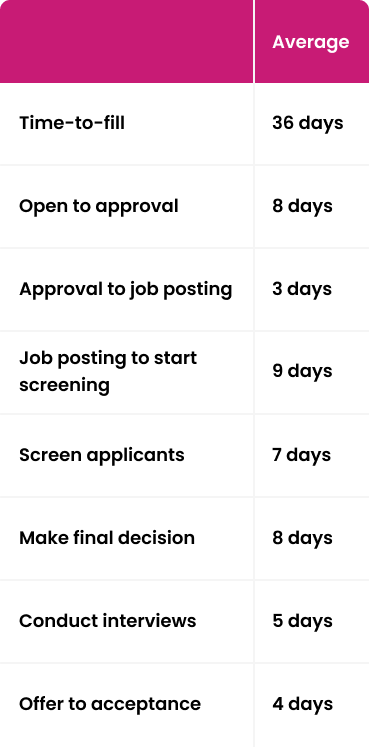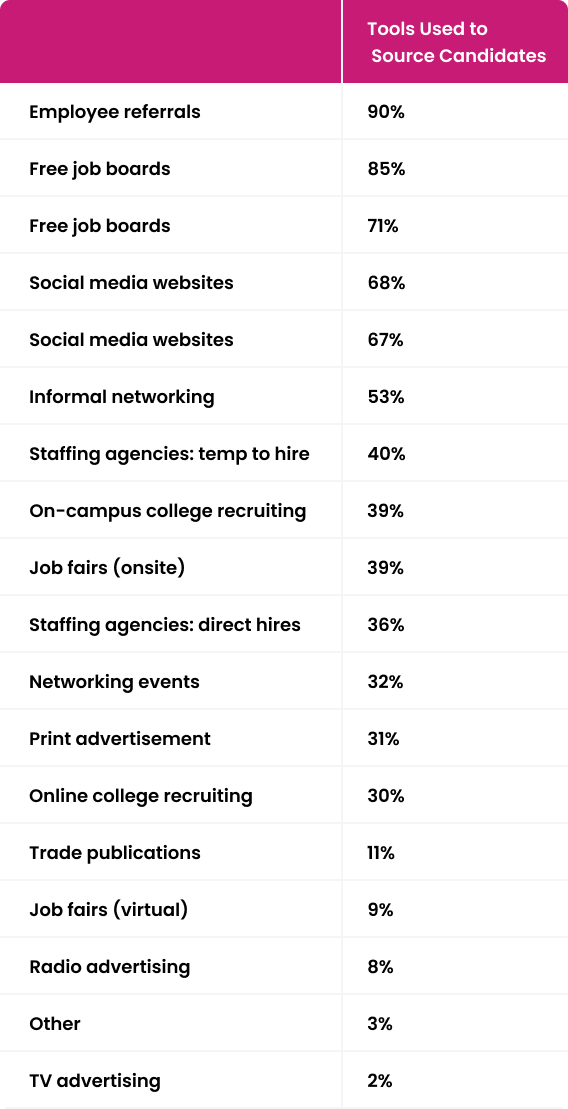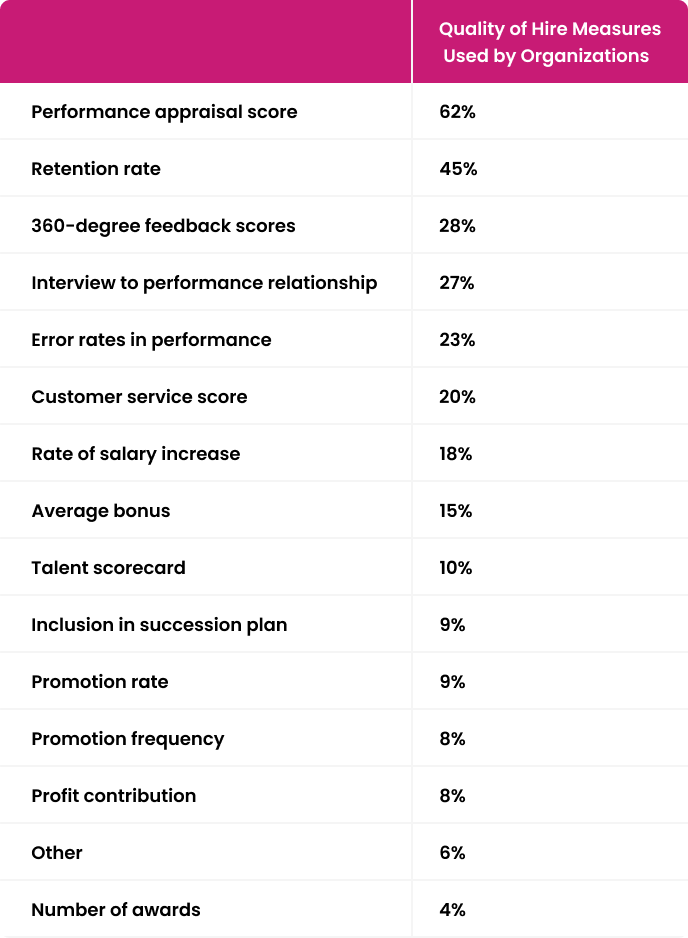Hiring KPIs Organisation's Can't Miss to Track


KPIs (Key Performance Indicators) is a measurable value that demonstrates how effectively a company is achieving key business objectives. Organizations use KPIs to evaluate their progress and success at reaching targets. Recruiting KPIs are specific metrics that help you measure the effectiveness of your hiring process and your recruiting team. KPIs use data to provide insights into how close (or far) you are from reaching your recruiting goals and help you make more strategic decisions about where to allocate your time and money.
Recruitment KPI Category
1. Time-related KPIs: Measure the efficiency of the hiring process, such as time-to-fill, time-to-respond, and time-to-hire.
2. Quality-related KPIs: Measure the effectiveness of the hiring process, such as the applicant-to-hire ratio, cost-per-hire, and quality of hire.
3. Applicant-source related KPIs: Measure where the candidates are coming from, such as the percentage of applicants from different sources, like job boards, employee referrals, career fairs, etc.
4. Diversity-related KPIs: Measure the diversity of the candidate pool, such as the percentage of applicants from underrepresented groups and the percentage of hires from underrepresented groups.
5. Recruiter-related KPIs: Measure the performance of recruiters, such as the number of candidates sourced per recruiter and the number of hires per recruiter.
6. Applicant-experience-related KPIs: Measure the level of satisfaction of the candidates throughout the process, like the percentage of candidates who complete the application,the percentage of candidates who complete the interview process, etc.
By monitoring and analyzing these KPIs, companies can gain a better understanding of the performance of the hiring process and identify areas for improvement.
Top 19 Hiring KPIs to Measure
1. Time-to-hire: Days elapsed from the date, the job was posted or the candidate was contacted for recruitment to the day, an offer is accepted.

2. Time to fill: The days between the approval of a job requisition and the candidate accepting the job offer. This definition is in line with the Society for Human Resource Management (SHRM) and ISO 30414.
3. Cost-per-hire: Total recruiting Cost / No. of hires

4. Source of hire: Number of qualified candidates from a specific source – The average number of applicants from all sources

5. First-year attrition: First-year attrition measure the number of new hires, or percentage of new hires, who leave the organization within their first year of employment. There are two types of Attrition-Managed and Unmanaged. Employer-initiated attrition is managed, while unmanaged is an employer initiated.
6. Quality of hire: This is a measurement of the value that a new hire brings to a company and how much they contribute to a company's overall bottom line through their own work.

7. Hiring Manager satisfaction: Hiring manager satisfaction is a recruiting metric that expresses how satisfied the hiring manager is with the hiring process within a company.
8. Candidate job satisfaction: It is a measurement of a candidate’s perception of your company’s hiring process. By providing a survey or asking for feedback from candidates during and after the interview process, your company can measure how talent feels about your candidate's experience.
9. Applicants per opening: Applicants per opening are used to track the ratio of applicants who are opening to the job role in the recruitment. Applicants per opening are the number of applicants that apply to a particular position.
10. Selection ratio: The selection ratio refers to the number of hired candidates compared to the total number of candidates.
11. Interview-to-Offer Ratio: An organization meeting this benchmark interviewed 200 applicants and extended 95 unique offers; expressed as a formula, this is (95 /200) x 100 = 47.5%
12. Overdue Positions: No. of pending positions more than the TAT (Turn Around Time) provided to close the job openings.
13. Candidate Drop-off Rate: Applicants who begin the application process but do not complete the entire recruitment process.
14. Diversity of applicants: Diversity hiring is hiring based on merit with special care taken to ensure procedures have reduced biases related to a candidate's age, race, gender, religion, sexual orientation, and other personal characteristics that are unrelated to their job performance.
15. Recruiter productivity: No. of open positions closed over a period of time.
16. Qualified candidates in applicant flow: No. of candidates hiring managers deem qualified / No. of candidates who make it past the initial screening
17. Submitted to Interview Ratio: No. of candidates submitted for consideration / No. of candidates interviewed
18. Offer acceptance rate: (No. of accepted job offers / Total offers extended) X 100
19. Candidate Net Promoter Score (NPS): % of Promoters – % of Detractors
Note that these are some of the Key Performance Indicators (KPIs) that an ATS can track, and the specific metrics used will depend on the company's needs and goals.Some organizations may also use additional KPIs, such as the number of candidates who decline an offer or the number of referrals received.
Need to digitalise and transform with AESS?
Related blogs












